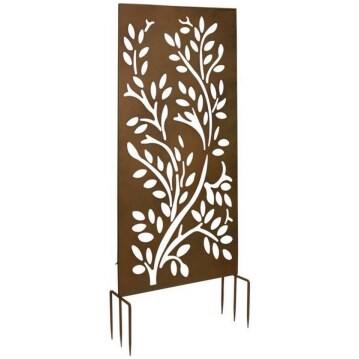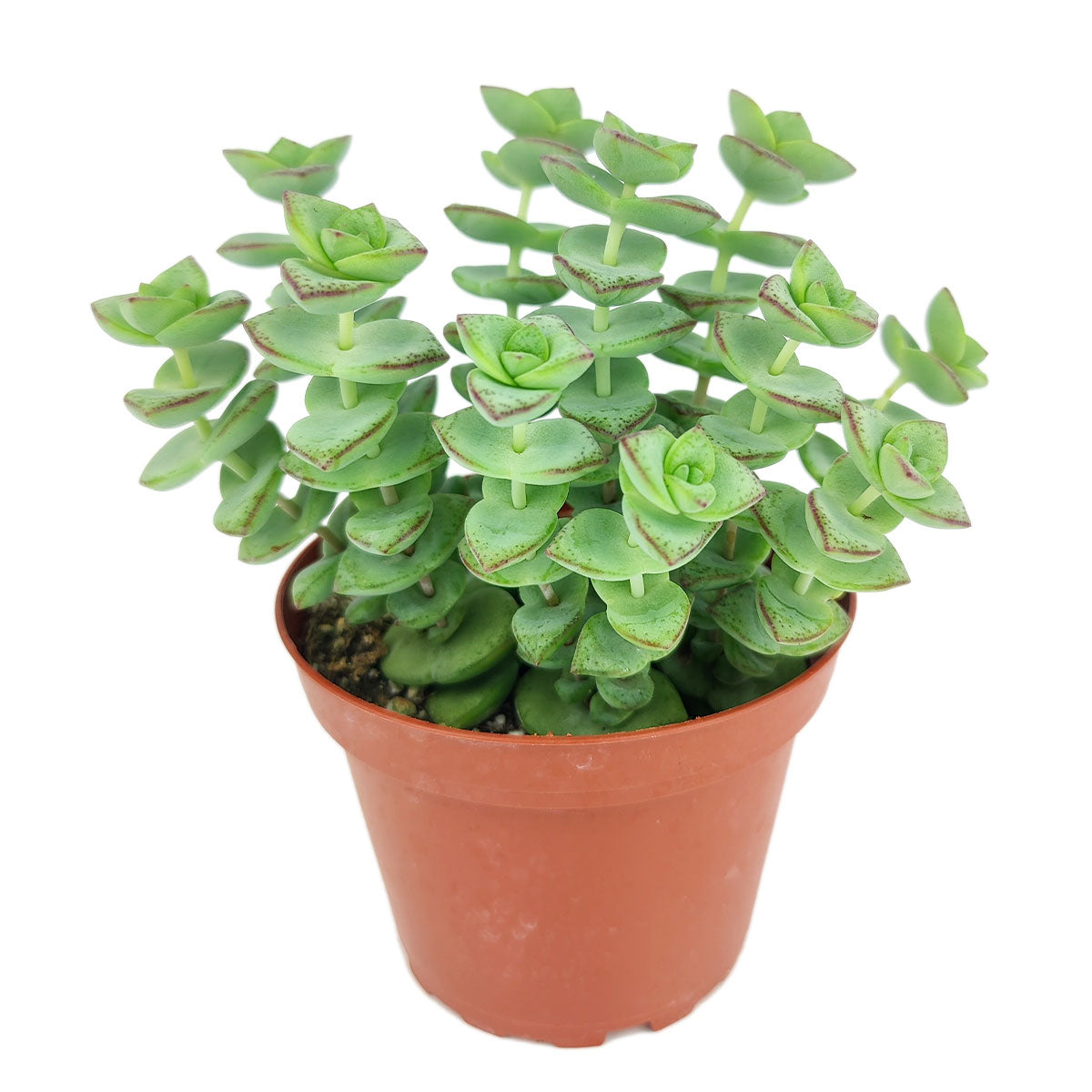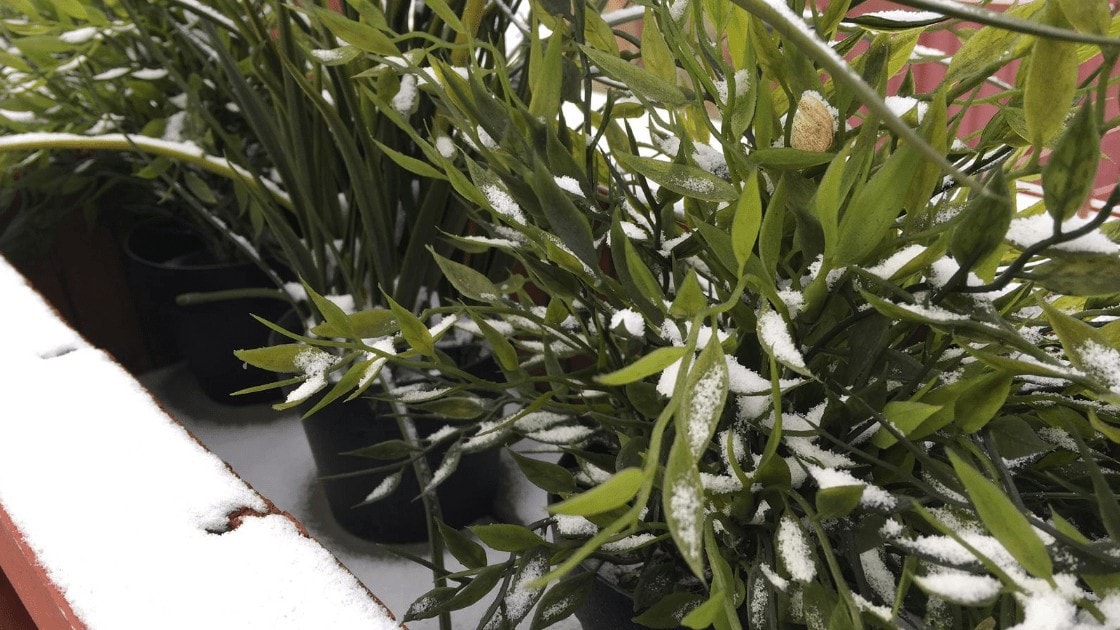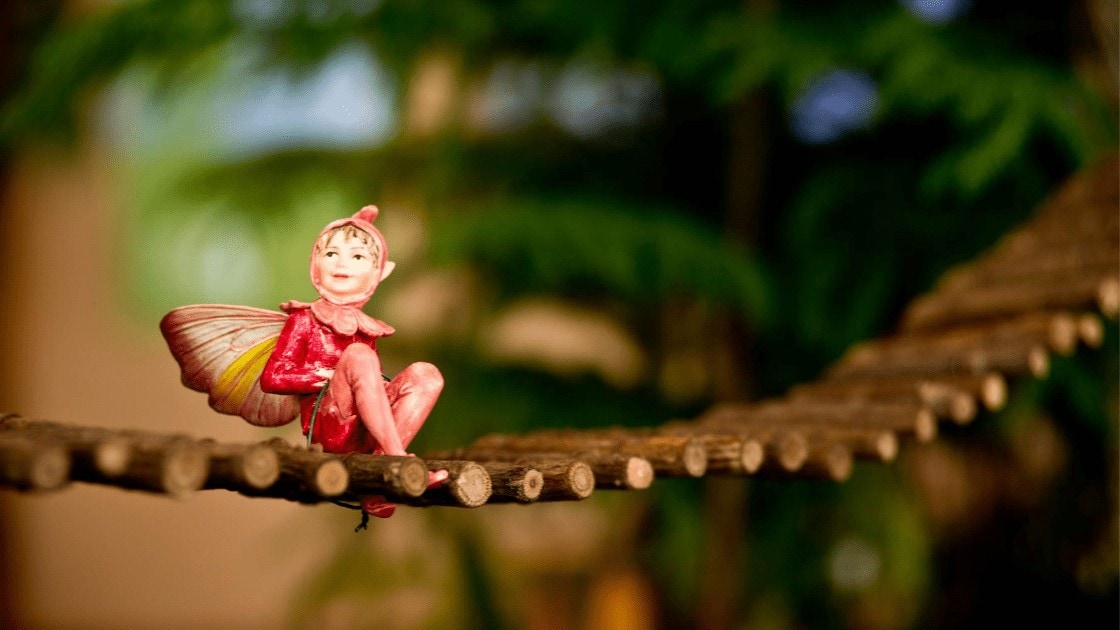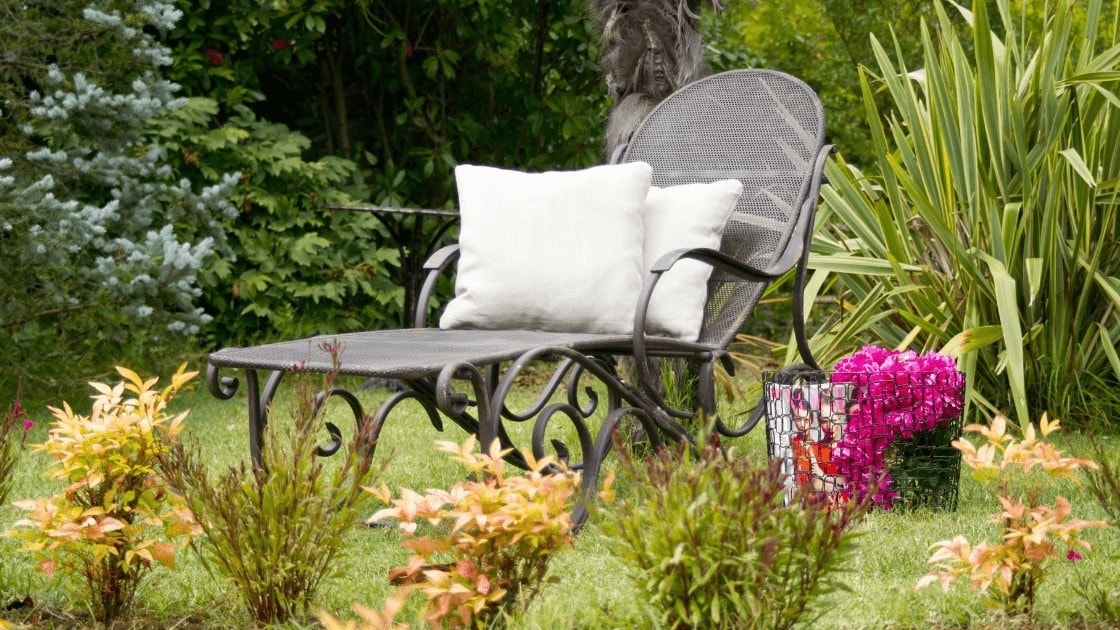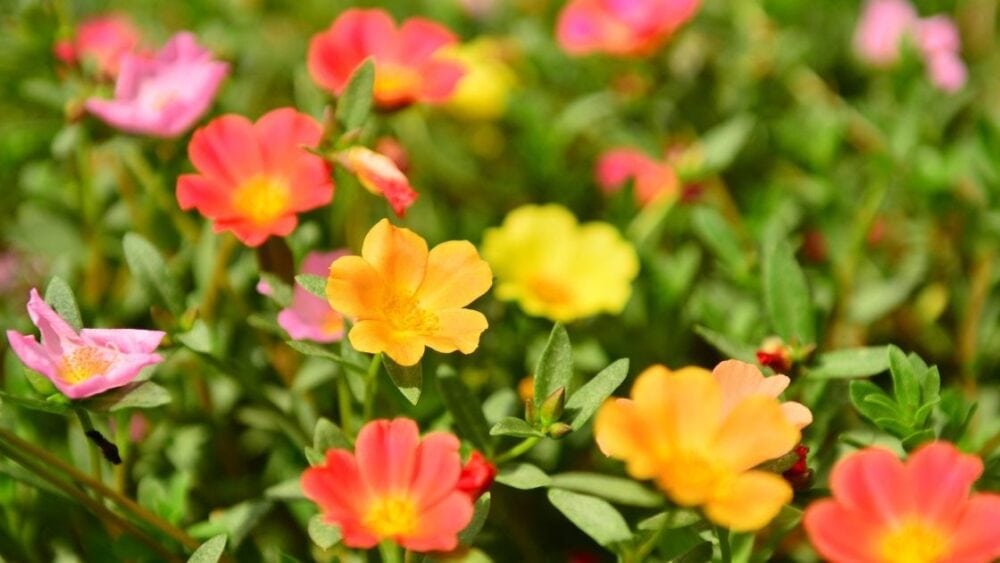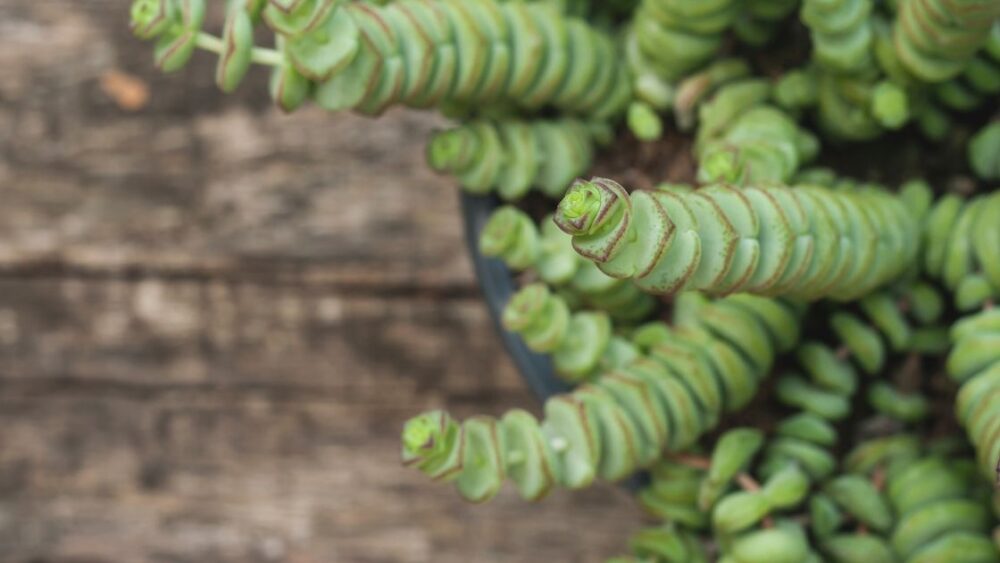
Do you want to add some beautiful plants to your home but are not good at watering? Try growing the string of buttons! The string of buttons is a unique species of succulent shrub characterized by its leaves, which are triangular and grow in pairs opposite one another along the branches. The emerald-green succulent leaves have a bluish tinge and grow in a complicated spiral pattern. They are arranged in an unusually orderly manner on top of one another. When the leaves are subjected to an adequate amount of light, they may develop a pink tinge around the margins. In the spring, you should be looking for delicate blooms in the shape of stars that are a pale yellow color.
Because it is so simple to cultivate, it makes an excellent houseplant and can even thrive in a terrarium if planted in a succulent pot. If you are cultivating your plants outside, you should do it in containers that can be brought inside quickly and easily in the event of frost. The growing string of buttons seems easy, but some things need to consider to care for them. We will discuss “String of Buttons care tips” in detail but first, let us discuss “What is a String of Buttons?”
What are String of Buttons?
Crassula perforata also referred to as String of Buttons or Necklace Vine, is a succulent native to South Africa. As it grows, it sprawls and stacks on top of each other, making it a very appealing plant. They have narrow leaves packed closely together and appear to wrap around the stem.
Browse our Affiliate Products
The tint of the leaves is somewhere between bluish light green and pale green, and they have a rosy pink to reddish pink lining along the edges. When exposed to additional sunlight, the pink color becomes more vibrant.
For more information of other types of string succulents check out these articles below
- String of Watermelons (Senecio herreanus) Care Guide
- Why Is My String Of Dolphins Shriveling and Dying? Here’s Why
- Why Is My String of Bananas Thinning, Wilting or Growing Poorly?
- Also check out of succulent care articles here: Succulents Category
Fully rooted plant
All plants are full and vibrant
Caring Of String Of Button
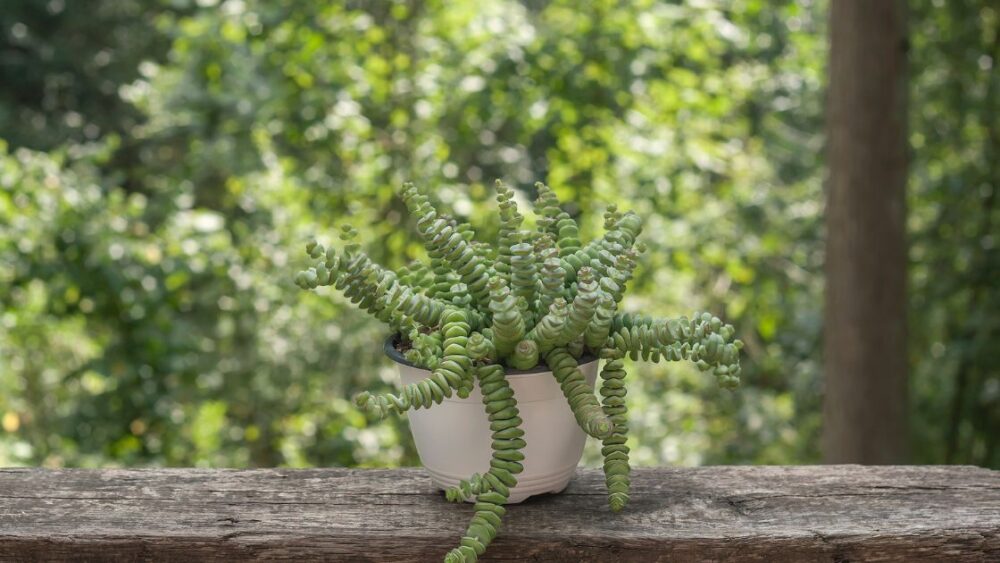
It’s not difficult to grow a long string of hardy button plants. A great indoor plant can also be used in a pot garden in various North American zones. It’ll grow nicely in a terrarium because of its small size.
This is it if you’re looking for a plant that can be cultivated indoors and outdoors. It will be easier for your plants to survive with a suitable potting mix (well-draining) and adequate lighting. All of my plants are kept outside in varying degrees of sunlight. Although I reside in sunny California, with mild winters, they seem happiest outside.
To get the most out of this plant, place it in an area of your garden that gets at least six hours of sunlight per day in a shaded yet sunny location. A mild frost is all that it can take, but if temperatures continue to fall, move it indoors.
If you move a young Crassula Perforata plant outside, gradually increase its exposure to sunshine for a few days beforehand. A young plant’s leaves will be scorched if exposed to direct sunlight from the start.
Common Name
The common names of String Of Buttons are the necklace vine, pagoda plant, and stacked Crassula.
Scientific Name
The scientific name of String Of Buttons is Crassula perforata.
Growth Cycle
New roots will be visible in around two weeks or so. It usually takes four to six weeks for the cuttings to fully root, at which point new growth will appear on top and along the stem’s sides.
Flowers do grow on the string of buttons. However, they are tiny and do not have a scent at all. A quarter-inch is about the maximum size for the flowers—these tiny, star-shaped blooms in pink or pale yellow bloom during the spring. Crassula perforata has thick, square-shaped foliage with fast-growing, solid, outward-spreading stems.
Sunlight Effect
To the extent you can, try to keep C. perforata in the shade as much as possible all day long. Light shade rather than the full sun is healthier for plants. Unless you’re looking for direct sunshine, any window other than a south-facing window is acceptable for indoor use. It is recommended that outdoor plants receive at least four hours of direct, bright sunlight each day.
Watering
The soak and dry approach is a simple way to avoid overwatering succulents like the string of buttons. Ensure to thoroughly wet the soil by soaking it in water until it runs out the bottom of the pot. Never re-water before the soil is arid. If this cycle is followed, the plant will not be overwatering.
For more information on drip irrigation, check out this article: Garden Ideas: How Effective Is Drip Irrigation on Succulents?
Adult Size
The button plant’s annual growth is only a few millimeters. The lengthy stems can grow up to 30 feet in length in the wild.
Planting Zones
In USDA zones 9 to 11, the String of Buttons is suggested. It is unable to withstand temperatures below freezing or high levels of humidity. It should be grown indoors unless you live in the American Southwest.
To check out your exact planting zone, check out this site: planthardiness.ars.usda.gov
Weather Hardiness
They are a great container plant, but they must be protected from temperatures below 32 degrees Fahrenheit or frost. Crassula perforata is well-prepared for some higher temperatures in South Africa; however, it may require more frequent watering in some cases.
Propagation Of String Of Buttons
Propagation of the string of buttons is similar to that of other succulents, which can be done by cuttings or offshoots (commonly referred to as pups).
Twist a good leaf from the mother plant to propagate from cuttings. Check that you’ve got the entire leaf, not just a piece. Plant the cutting in a well-draining potting mix once it has rested for several days before planting it. This provides the exposed end of the cutting a time to callous and is more likely to root.
Please wait for a large pup to form before cutting it off its mother using a sterilized knife. Before repotting, let it dry out for a few days.
Toxicity Of String Of Buttons
The String of Buttons is safe for both people and animals to consume. The toxicity of Crassula perforata to pets has not been studied well enough.’ It’s not on the ASPCA’s list of poisonous plants for pets.
Dormancy
In the spring and fall, it blooms and then falls dormant. The stems form a shrub-like mass that encroaches on nearby vegetation. The bushes next to them will even be overtaken by them. When your button string has matured, you may be surprised by some springtime blooms.
Soil
The string of buttons would thrive on a soil that closely resembles that found in its natural habitat. Sand, pumice, and bark might be suitable for this purpose. Cactus mixes can be purchased at your local nursery or garden supply store, and there are several decent options.
Fertilization For String Of Buttons
It is common to find a long string of buttons in locations with inadequate soil fertility. A lack of nutrients in the soil is a new experience. Fertilizer shouldn’t be necessary at all. To enhance the growth of houseplants, use a fertilizer diluted to 1/2.
What To Do If Your String Of Buttons Wilting?
Within a day or two, the plant should return to complete health after receiving a decent amount of water. Overwatering Crassula Perforata is the most prevalent cause of brown, mushy leaves. As the plant deteriorates, the leaves become soft and mushy and appear translucent.
Conclusion
Crassula perforata is a stunning succulent with a distinctive pattern of slits and holes. The majority of succulent enthusiasts use this plant as a border. Even though this succulent isn’t as resistant to problems like extreme cold, scorching heat, overwatering, and pests as other plants are, you can still keep it happy with a bit of work. When your button string has matured enough, it will be a proud time in your life.

